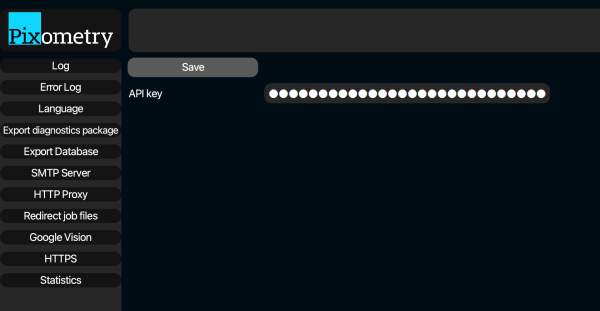Pixometry has the ability to connect directly with Google’s Vision AI engine for automated image detection and metadata generation.
• Utilizing this data expands Pixometry’s potential to provide specific toning capabilities dependent on the image content. For example, detecting a bride on her wedding day, Pixometry would understand that more focus on the highlights as well as skin tones would be critical for such an image.
• Taking automated keyword generation one step further and focusing on the digital environment, Pixometry now has the ability to append the identified keywords to the filename – creating instant, automatic image SEO capability.
• This new functionality extends Pixometry’s role beyond traditional image enhancement and creates opportunities for automated metadata and keyword generation for all images, perfect for routing in Claro and providing powerful Digital Asset Management solutions.
Read more here:
In Pixometry, you will be using your own Google Vision account. So you need to create one first. The Google Vision AI engine is a paid service. You can find pricing on the Google Vision pages. With your subscription, you will receive an API key. This is a string that you can use to configure your account info in Pixometry. In the log/maintenance section of the UI, you can specify your key (the one in the screenshot is not a real one!):

Then in INPUT settings of routing and processing channels, you can enable the Vision AI engine per channel. Pixometry will send an image only once to the Google engine, even if you re-process an image, Pixometry will recognise that the metadata is already there. Only when the current Google Vision API version number is higher, it will be sent again.
